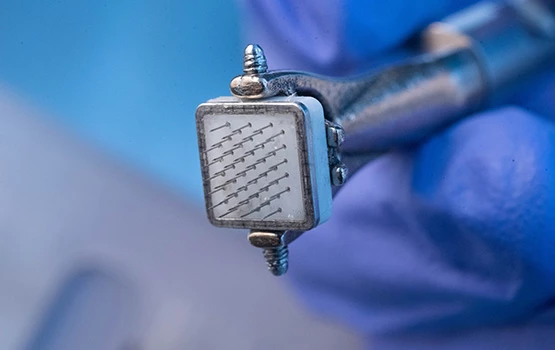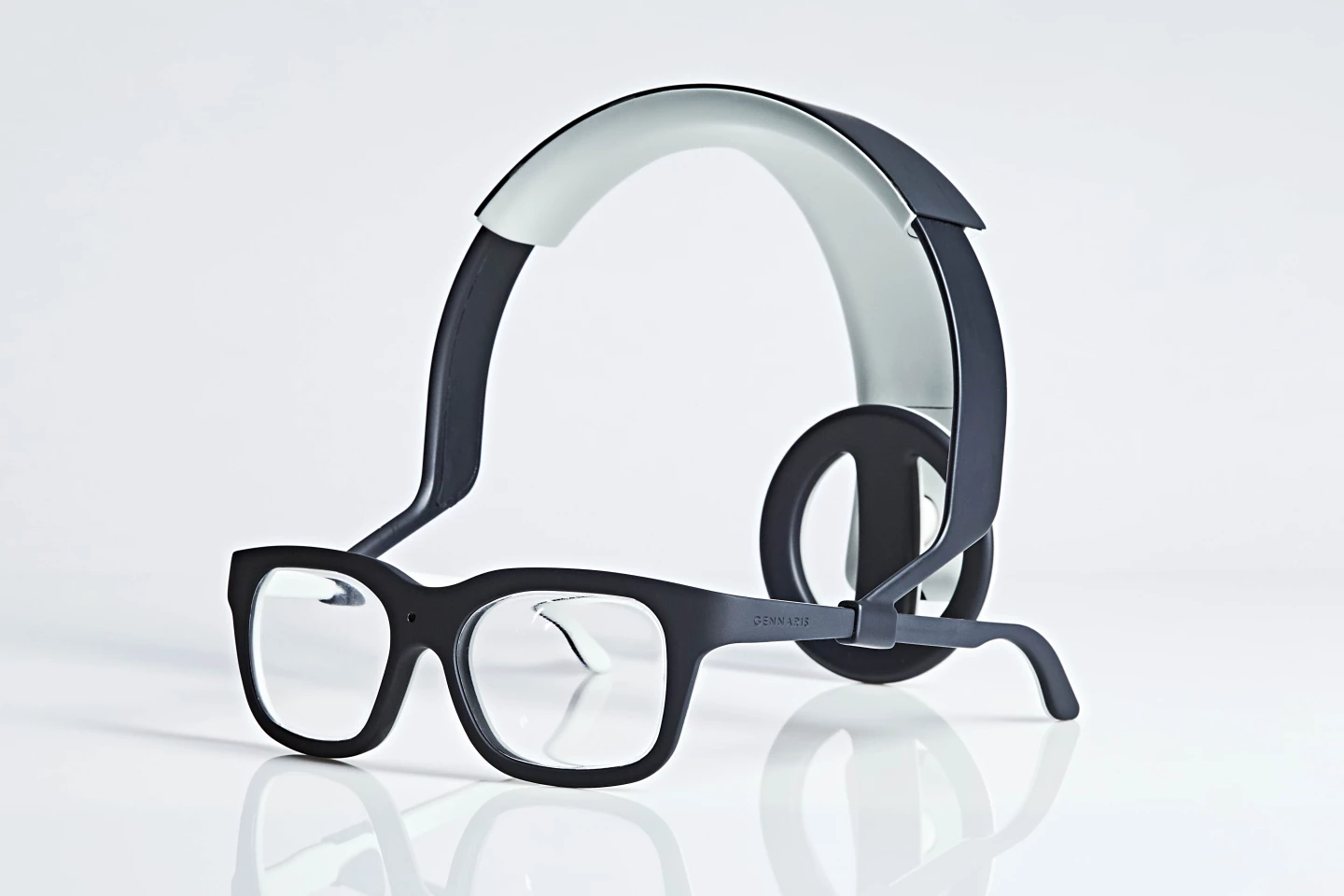Scientists in Australia who have spent more than 10 years developing a first-of-a-kind bionic vision system are now eyeing human trials. The technology works by bypassing damage to the optic nerves, and following successfully trials in animals, the scientists are hopeful it could one day help restore vision in those suffering from untreatable blindness.
The development of a safe and fully functioning bionic vision system is a goal being pursued by research groups the world over. Some are so far along that they’ve already been implanted in patients, while others are designed to not just restore vision in people suffering from blindness, but afford users superhuman sight.
The Gennaris bionic vision system under development at Australia’s Monash University is described as a world-first device, and is designed to sidestep problems created by damaged optic nerves. This is a common factor when it comes to clinical blindness, with the injured nerves blocking the transmission of key signals that would normally travel from the retina to the vision center in the brain.
The system is built to carry out the function of healthy optic nerves. It consists of custom headgear with a built-in camera, a wireless transmitter, a vision processor and software, along with a set of square tiles fitted with hair-thin electrodes that are implanted in the brain.

The camera captures the scene and passes it along to the smartphone-sized vision processor. This data is in turn transmitted wirelessly to the square tiles, which measure just 9 mm (0.35 in) along each side and feature complex circuitry capable of turning that data into electrical pulses that stimulate the brain.
These electrical pulses stimulate the brain in a way that creates visual patterns combining as many as 172 spots of light, in theory allowing users to navigate both indoor and outdoor environments, and also remain alert to people and objects in their vicinity. According to Director of the Monash Vision Group Professor Arthur Lowery, the way the tiles are arranged to offer wider coverage of the brain is key to the huge potential of the device, and what separates it from other bionic vision systems under development.
“We are able to tessellate multiple implant 'tiles' to cover areas of the brain, because each tile has an array of electrodes almost as large in area as the tile itself,” Lowery explains to New Atlas. “This is because the wireless receiver coil is contained within each implant, rather than surrounding it, or being attached via a cable.”
In July, the team published promising results from a study in which its bionic vision system was implanted into three sheep. This involved ten electrode arrays which remained in place and delivered thousands of hours of stimulation to the animal’s brains across a period of up to nine months. This was one of the first long-term tests of a fully implantable cortical vision prosthesis in the world and, according to the team, the device was well tolerated by the brain tissue and produced no adverse health effects.

“The study results indicate that long-term stimulation through wireless arrays can be achieved without induction of widespread tissue damage, nor visible behavioral issues or seizures resulting from the stimulation,” says lead author of the study, Professor Jeffrey Rosenfeld.
The team is now looking to build on these promising pre-clinical results with the first human clinical trials, and have already gained the necessary approvals. Lowery says that these long-term studies would start with just a few subjects and lead “on to a few tens of subjects.”
The Monash Vision Group has previously earned funding from the Australian government’s Medical Research Future Fund, and is hopeful of securing more when a second stage of funding is announced later this year. This, and other sources of cash, could not only help cover the costs of the clinical trials, but also the local manufacturing of the bionic vision system.

Eventually, the team hopes its work will manifest in a commercial venture that produces medical devices to help restore vision in people suffering from untreatable blindness. The researchers say its potential mightn’t end there, with the team also keen to explore how the system could possibly treat spinal cord injuries, epilepsy, depression, and a number of other conditions. They are, however, very aware of the long road ahead, even if the trials prove successful.
“As with anything medical, regulatory approval takes several years,” says Lowery.
The team’s study on sheep was published in July in the Journal of Neural Engineering.
Source: Monash University






